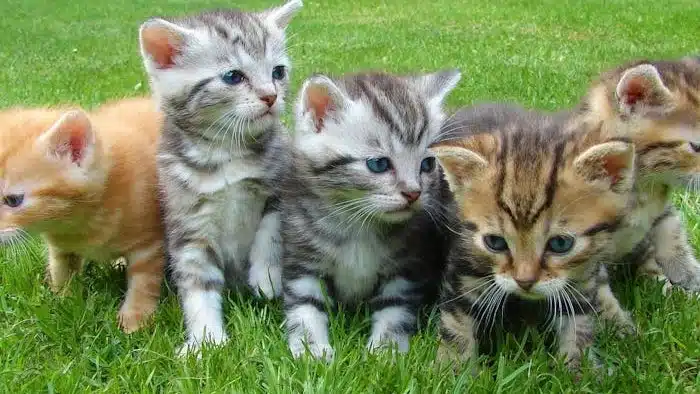How to Tell If Your Cat Is Dehydrated

Making sure your cat drinks enough water is very important for its health. But it’s not always easy to know if a cat is dehydrated. You need to watch carefully. Let’s look at how to check if your cat is getting enough water.
1. Watch Your Cat’s Drinking Habits
A cat’s drinking behavior gives the first clue. A healthy cat usually drinks a steady amount of water each day. This is about 40–60 ml per kg of body weight. Pay attention to how often your cat goes to the water bowl. Cats normally drink a few times a day. If your cat stops drinking or drinks much less than usual, it could be a sign of dehydration.
Also, some cats are picky about water. If the bowl is dirty, the water smells, or it is in a bad spot, they may avoid drinking. Make sure the bowl is clean, the water is fresh, and it is in a quiet, easy-to-reach place. Then, watch how your cat reacts.
2. Check Physical Signs
You can also spot signs on your cat’s body. Try gently pinching the skin on your cat’s neck, then let go. If the skin goes back quickly, your cat is well hydrated. Your cat may be dehydrated if it stays up or moves back slowly.
Look at the mouth and eyes, too. A dry mouth, rough tongue, or dark gums are signs of dehydration. The eyes may look dry or dull, with more discharge. If your cat’s mouth feels dry and the eyes don’t look shiny, dehydration could be the cause.
3. Look at Energy Levels
Cats that drink enough water are usually active and playful. If a cat is tired, not moving much, or ignores toys, it might not feel well. A cat that used to greet you happily but now lies down may be dehydrated if your cat’s mood and energy drop, dehydration is one possible reason.
4. Check Urine
Urine is a key clue. A healthy cat pees a few times daily, and the urine is light yellow and clear. If a cat is dehydrated, it may pee less often—maybe only once or twice a day—and the urine will be darker. This happens because the body is saving water.
When cleaning the litter box, check for less clumping and dark-colored urine. If your cat struggles to pee, goes in and out of the litter box, or cries while peeing, it could be a sign of dehydration too.
In Short:
To determine if your cat is dehydrated, look at its drinking habits, body signs, energy, and urine. Always make sure your cat has fresh water. You can also feed your cat more wet food to help with water intake, which helps keep it healthy.
